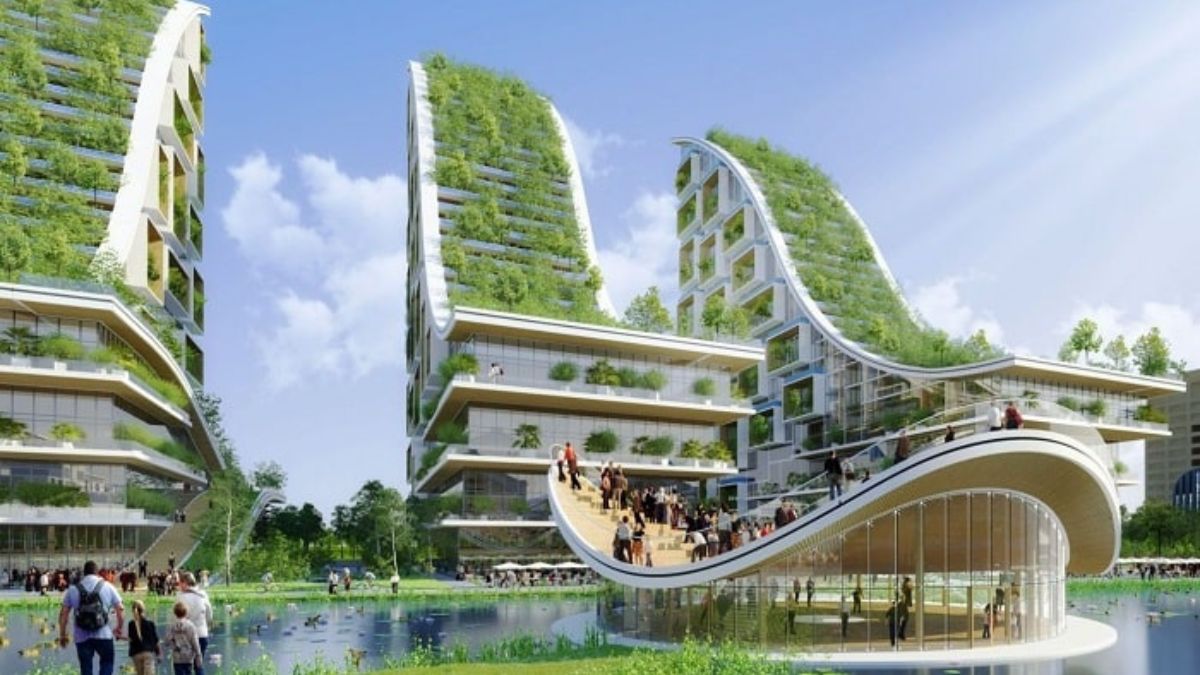Key Takeaways:
- Sustainable construction practices are becoming essential for the environment.
- Eco-friendly materials and techniques can enhance building efficiency.
- The future of sustainable building is being shaped by emerging technology.
- Examples from real-world projects highlight the benefits of green building.
- Resources are available to help implement sustainable practices.
Table of Contents
Introduction to Sustainable Construction
In a world where climate change is a pressing concern, the construction industry is transforming towards sustainability. New York based MBE-certified, Apex Building Group demonstrates how businesses implement eco-friendly procedures to lessen their environmental influence. Using techniques and materials that reduce waste and resource consumption is a key component of sustainable construction. It aims not only to lower emissions but also to create healthier living and working environments for occupants.
Building sustainably involves considering the entire life cycle of a project. This means everything from the initial design process, which focuses on energy efficiency and resource conservation, to the eventual demolition and recycling of materials. By embracing sustainable construction, companies and individuals can contribute to a future where buildings harmonize with the environment and society.
Benefits of Eco-Friendly Building Materials
Selecting appropriate building materials is crucial for reducing a project’s carbon footprint. Eco-friendly materials like bamboo, recycled steel, and rammed earth are increasingly popular due to their sustainability and strength. Bamboo, for example, grows much faster than traditional timber and is incredibly resilient. Its use in flooring, cabinetry, and structural components reduces deforestation and offers a renewable alternative that doesn’t compromise quality.
On the other hand, Recycled steel utilizes scrap steel to produce new products, significantly reducing the demand for new raw materials. Using recycled steel saves energy and reduces the carbon emissions associated with steel manufacturing. Likewise, during a building’s lifespan, rammed earth and various natural materials assist in regulating internal temperatures, reducing the need for heating and cooling, which leads to considerable energy savings.
Innovative Technologies in Green Construction
Technological innovations are reshaping sustainable construction, making projects more efficient and environmentally friendly. For example, solar panels play a central role in this transition. They convert sunlight into electricity, drastically cutting utility expenses and reducing reliance on fossil fuels. Solar energy can power buildings around the clock with energy storage systems.
Another advancement is smart glass, which changes its tint to control light and heat entering a building, thus helping maintain comfortable indoor temperatures without excessive HVAC usage. According to a report on construction innovation, innovative materials like these enhance energy efficiency while boosting building aesthetics and occupant comfort. These examples show that integrating technology with construction leads to more creative, greener buildings.
Real-World Examples of Sustainable Projects
Globally, there are numerous inspiring examples of sustainable construction. The Bullitt Center in Seattle is celebrated as one of the world’s greenest office buildings. It incorporates solar energy, composting toilets, and a rainwater-to-potable water system, achieving a net-positive energy output. Buildings like this illustrate how sustainability can be integrated successfully without sacrificing utility or comfort.
Moreover, Bosco Verticale in Milan, a pair of residential towers, incorporates over 900 trees and multiple plant species in its design, effectively setting a new standard for urban biodiversity and air quality improvement. Such projects exemplify best practices in sustainability and demonstrate a profound commitment to enhancing urban landscapes through thoughtful and responsible design.
Implementing Sustainable Practices in Your Projects
To effectively integrate sustainable practices into construction projects, stakeholders should begin by evaluating current methodologies and resources. Transitioning doesn’t have to be abrupt. Start by incorporating eco-friendly materials and gradually adopt energy-efficient technologies. Retrofitting existing buildings with new, green technologies can significantly enhance their sustainability quotient.
Additionally, engaging with sustainability experts and utilizing resources dedicated to green construction can provide valuable guidance and support. Builders can benefit from accreditations such as LEED (Leadership in Energy and Environmental Design), which offer frameworks and standards to foster environmentally responsible construction practices.
Challenges and Solutions in Green Building
The path to sustainable construction is filled with challenges. Initial high costs and the complexity of new technologies can deter some builders. Yet, the long-term economic benefits of energy savings and potential government incentives often outweigh these initial expenses. Additionally, as more builders adopt these practices, economies of scale likely lead to reduced costs.
The regulatory landscape can also be daunting. Laws and standards vary significantly across regions, but understanding them can help navigate these waters. According to a Forbes article, collaboration and innovation are key to overcoming the regulatory and economic hurdles present in the construction industry. Working closely with authorities and other stakeholders can yield sustainable solutions tailored to specific needs and environments.
Future Trends in Sustainable Construction
As we look toward the future, new trends suggest that sustainable construction will become more integral to our cities and communities. Biophilic design, using natural components in buildings, is becoming more popular. It creates spaces that connect occupants with nature, enhancing well-being and productivity.
Moreover, the rise of artificial intelligence in construction allows for the more innovative design of systems that optimize energy usage, enhancing sustainability efforts tenfold. Building regulations will increasingly mandate sustainable practices, not just in new constructions but also in renovations and retrofits, paving the way for a global shift towards a more sustainable built environment.
Overall, the future of construction promises exciting developments as sustainability continues to drive industry innovation, offering a blend of efficiency, effectiveness, and ecological harmony.

